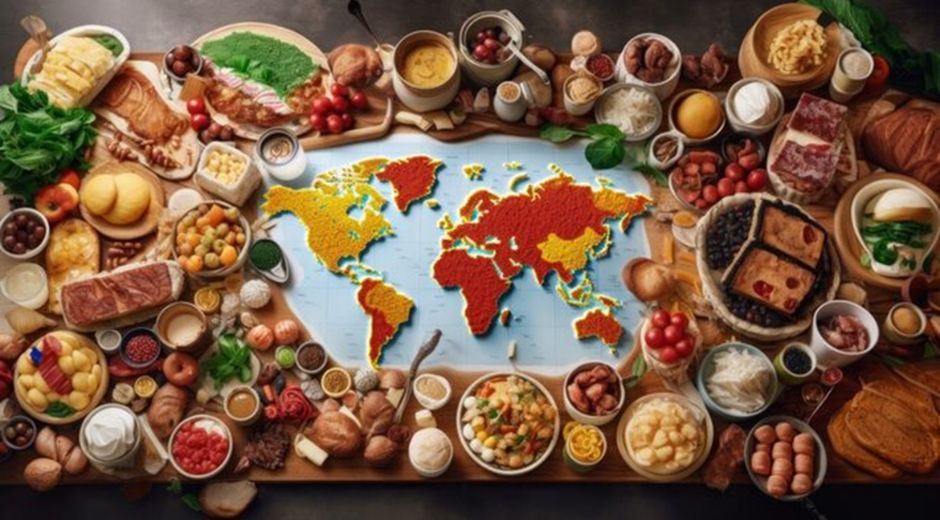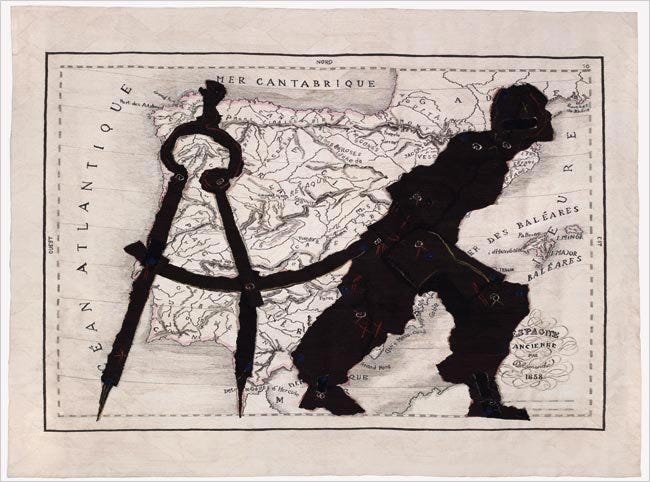The Journey of Flavours: How Global Cuisine Shapes Identity
The Journey of Flavours: How Global Cuisine Shapes Identity
In every corner of the world, food tells a story — a story of migration, trade, adaptation, and memory. As the global map of gastronomy becomes more fluid, traditional recipes blend with modern techniques, and the notion of “authentic taste” begins to shift. What we once considered local or national is now part of a wider, interconnected tapestry of Flavours that move, evolve, and redefine how we perceive culture itself.
Today, the Flavours of the world no longer stay confined within borders. From Seoul to São Paulo, from Marrakech to Madrid, dishes cross oceans and ideas travel faster than ever before. In this continuous exchange, food has become a living language — one that reflects both our diversity and our shared humanity.
Culinary migration and the hybrid kitchen
Globalisation has transformed cuisine into one of the most dynamic cultural expressions of our time. Ingredients that were once considered exotic are now household staples: quinoa in Europe, kimchi in the Americas, or hummus on almost every urban menu. These journeys of Flavours mirror the movement of people, economies, and technologies.
But this is not just a story about trade routes and recipes. It’s about identity. When a cook in London experiments with Peruvian spices, or when a street vendor in Bangkok reinvents Italian pasta, they are not simply reproducing foreign food — they are interpreting it, localising it, making it their own. This creative reinterpretation defines the global kitchen of the 21st century.
According to culinary analysts interviewed by Global Art Magazine, this hybridisation has given birth to a new kind of artistry: chefs are now cultural translators, bridging traditions and innovations through taste. Their craft goes beyond nourishment; it’s an act of storytelling that allows Flavours to speak across cultures.
Authenticity in flux
The question of authenticity remains one of the most debated topics in modern gastronomy. What makes a dish truly “authentic” when recipes have always evolved through contact and exchange?
Take for example sushi burritos, curry pizzas, or Korean tacos — all products of cultural fusion that initially raised eyebrows but are now celebrated for their inventiveness. Critics may see these as dilution of tradition, but others argue that they represent the true essence of cultural flow: adaptation, creativity, and openness.
Authenticity, therefore, is not about static preservation; it’s about continuity through transformation. The Flavours that travel across continents bring with them fragments of stories, emotions, and values. Every reinterpretation is a dialogue between past and present, between roots and routes.
Digital gastronomy and the power of visibility
In the age of social media, cuisine has become a digital phenomenon. Millions of photos, videos, and recipes circulate daily, transforming local meals into global icons overnight. Platforms like Instagram and TikTok have turned cooks into influencers and home kitchens into global stages.
This visibility amplifies the reach of Flavours while simultaneously compressing their context. A dish that once symbolised a family tradition can be transformed into a viral trend, stripped of its cultural depth. Yet, even in this tension lies opportunity: storytelling can reconnect the dish with its origins, offering global audiences a chance to appreciate not only the taste but also the heritage behind it.
Gastronomy festivals, online masterclasses, and cross-cultural collaborations continue to blur boundaries. As discussed on Business Forum Hub, the food industry increasingly invests in cultural experiences — pop-up restaurants, fusion tasting events, and culinary tourism — as a means of bridging business and art. These initiatives highlight how Flavours can also drive economic growth, sustainability, and cultural diplomacy.
The ethics of exchange
Behind every delicious bite lies a question of ethics. When global demand for certain ingredients skyrockets — such as avocados, quinoa, or cacao — local producers often face exploitation, price instability, or environmental damage.
As consumers, our fascination with global Flavours must be balanced with awareness and responsibility. Supporting fair-trade products, valuing local producers, and acknowledging the origins of our food are small but powerful steps toward a more equitable culinary future.
Cultural appreciation differs from cultural appropriation. Using a spice or a recipe from another culture is not inherently wrong, but ignoring its roots or commodifying it without credit crosses a line. Food is both sustenance and story; respecting its lineage is a way of respecting the people who created it.
Flavours as memory and emotion
Beyond economics and aesthetics, food is profoundly emotional. The Flavours of childhood meals, the scent of a grandmother’s kitchen, or the excitement of tasting something entirely new — these experiences connect us to identity and belonging.
When migrants recreate traditional dishes in a new country, they build a bridge between home and host culture. When tourists taste street food abroad, they engage — even briefly — with another worldview. In these encounters, food becomes a medium of empathy.
Every Flavour carries a memory, and every meal becomes a cultural dialogue. Through food, we experience diversity not as abstraction but as sensation — something tangible, aromatic, shared.
The return to locality
Interestingly, as global fusion continues to expand, there’s also a growing return to the local. Consumers are increasingly drawn to farm-to-table dining, regional ingredients, and culinary heritage. This movement is not a rejection of globalisation, but a response to its excesses — an attempt to ground identity within the flow of global influences.
Restaurants that highlight local terroir while embracing international inspiration represent the new balance of the culinary world. They remind us that global Flavours gain depth when rooted in authentic local contexts.
Platforms like Museatime celebrate this intersection — the point where art, culture, and gastronomy merge to reflect who we are becoming as a global community.
A new cultural language
In the end, the story of modern cuisine is the story of humanity itself — of travel, exchange, adaptation, and innovation. The Flavours that circulate today are both global and intimate, technological and ancestral. They teach us that identity is not something we preserve in a museum, but something we taste, share, and transform.
Each plate served in a restaurant, each recipe shared online, is a microcosm of cultural flow — a reminder that the world is not divided by taste but united through it.
Food is not just nourishment; it is narrative. And as the journey of Flavours continues, it invites us to reflect on how we eat, how we connect, and ultimately, how we understand ourselves in a world that is constantly blending, seasoning, and evolving.
Inspiration Expression Eternity

Shaping Atmosphere: How Visual Choices Transform a Space
A space changes instantly through form, color, shadow, and arrangement. Explore how thoughtful visual decisions influence mood and elevate everyday interiors.

Shaping a Scene: How Structure Guides the Eye
Every sketch benefits from structure. By guiding the viewer’s eye with thoughtful arrangement, illustrators create pieces that feel intentional, balanced, and visually inviting.

How Traditions Evolve Through Modern Life
Traditions don’t disappear as time passes — they shift, adapt, and take on new forms. Explore how modern life reshapes long-standing customs while keeping their spirit alive.










